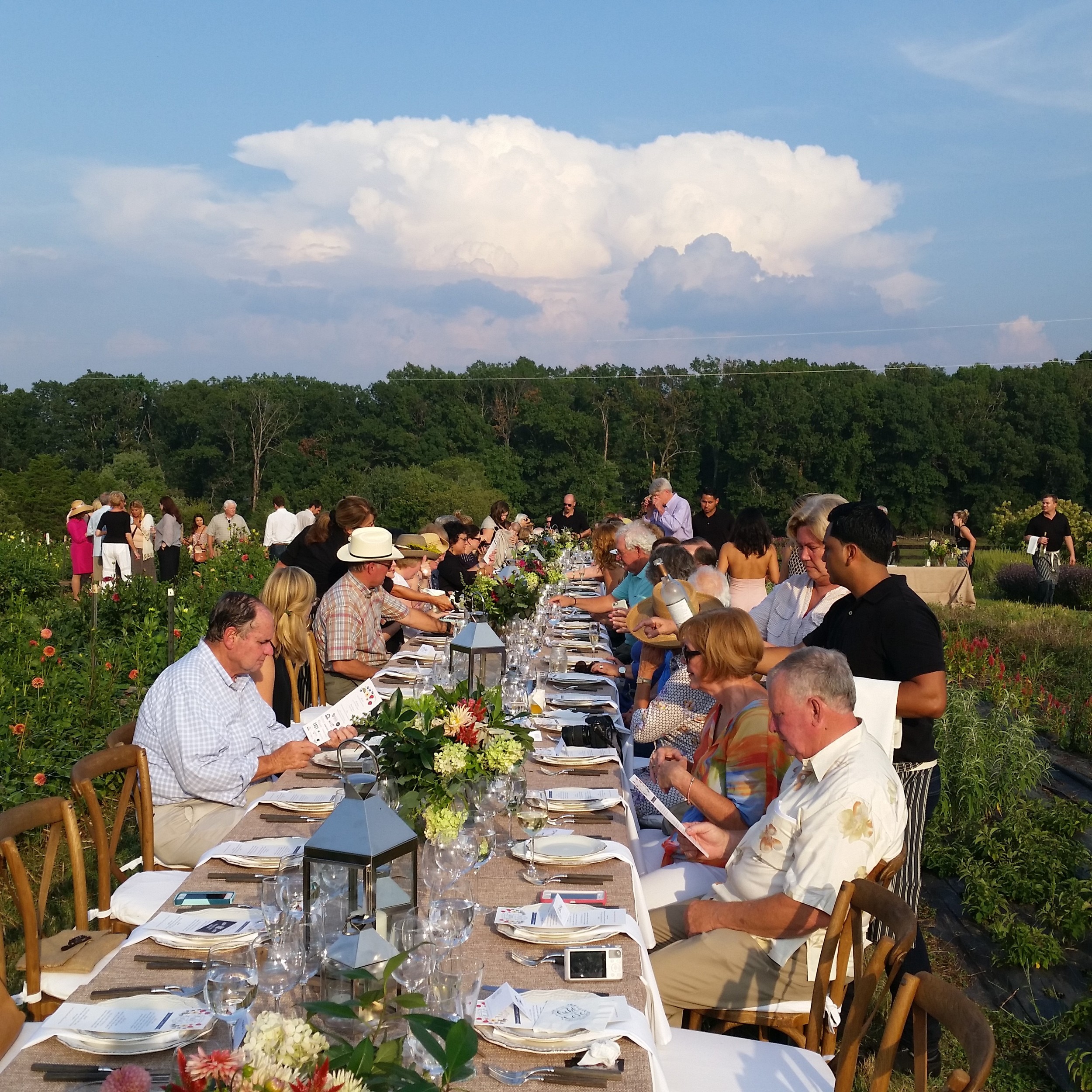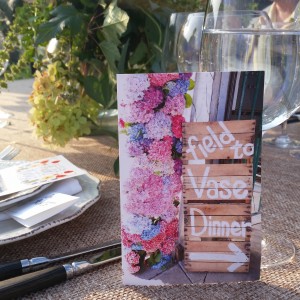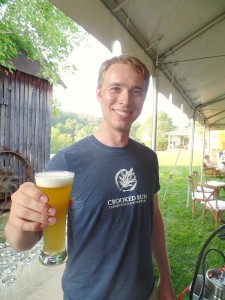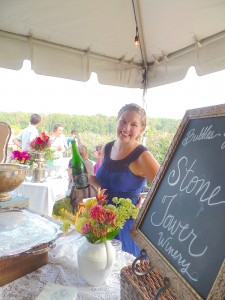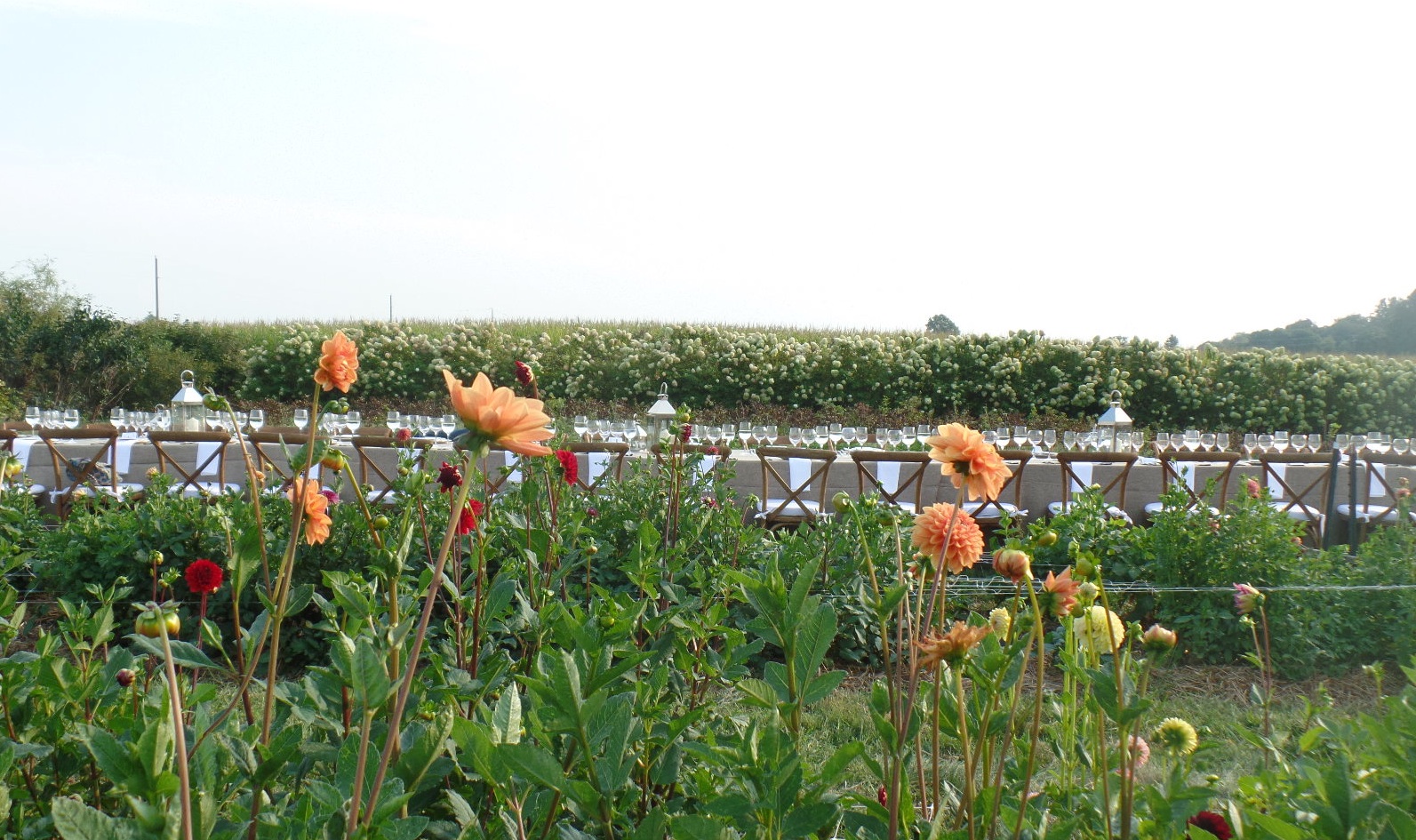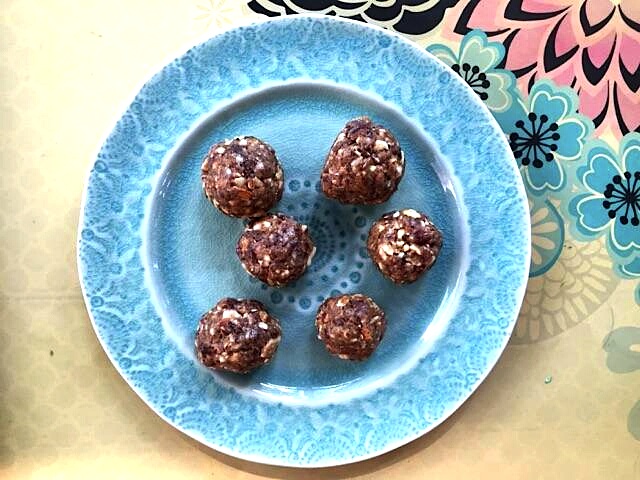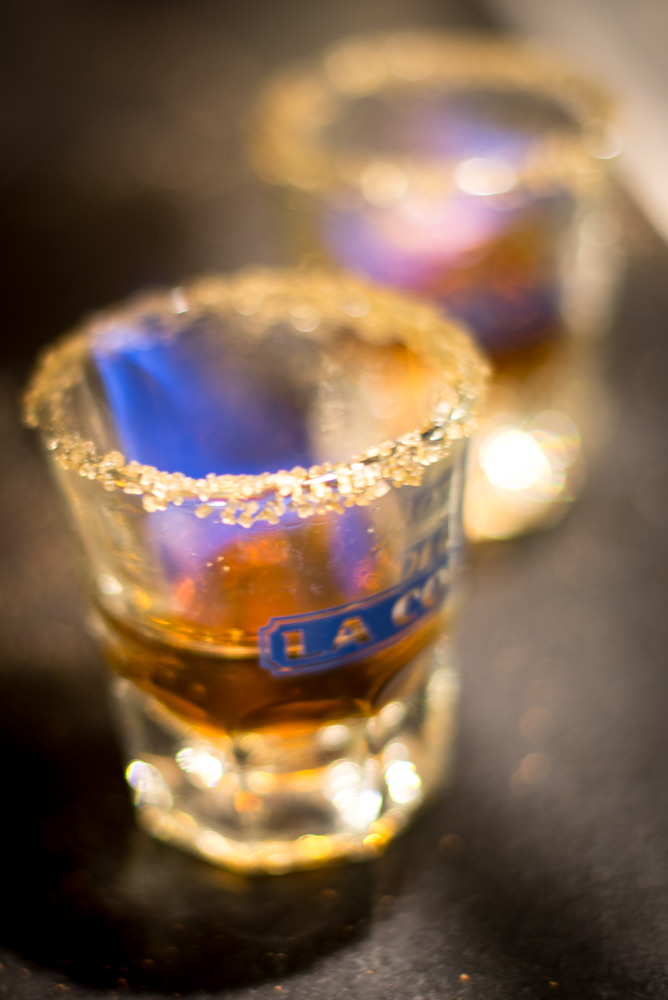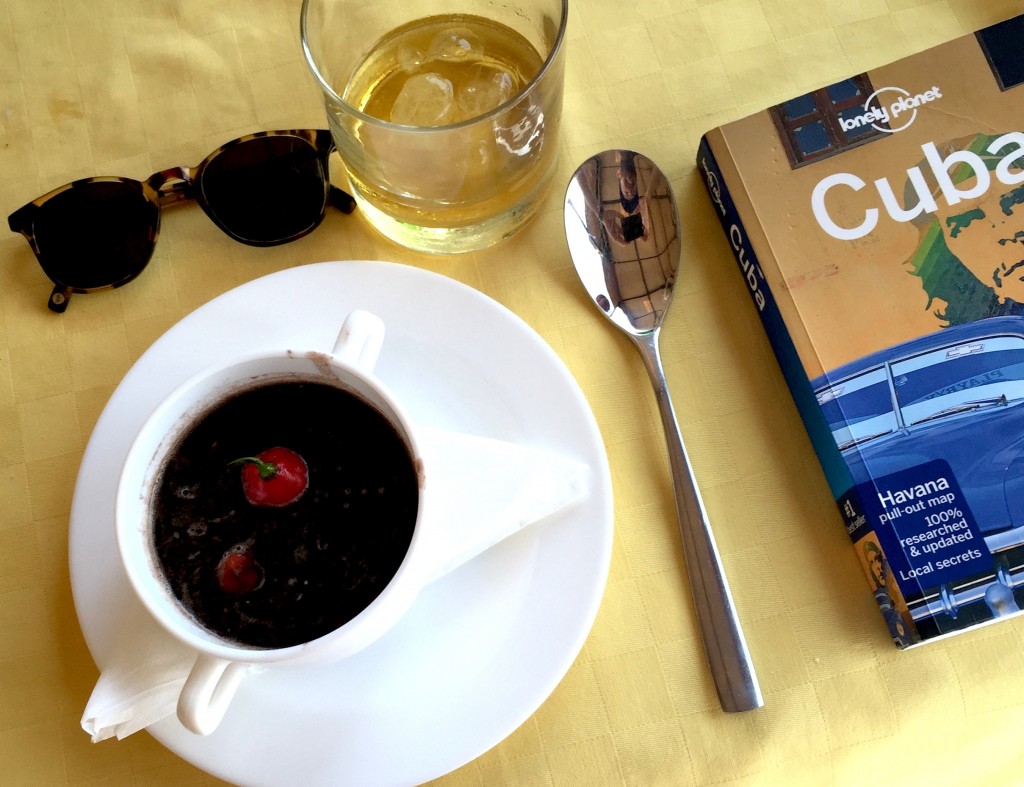 by Spencer Launer, special to Edible DC
Secretary of State John Kerry scheduled to raise the American flag over the U.S. embassy in Havana for the first time since January 3, 1961, and I had to get there first. I wanted to feel the sticky nights before the corporate storm. I wanted to hear the live salsa, son cubano, and jazz before bars are taken over with new Beliebers and their new Bluetooth high-performance speakers. I wanted to taste the Cuban cuisine before the country is infiltrated with McDonalds, Burger King and Chipotle.
by Spencer Launer, special to Edible DC
Secretary of State John Kerry scheduled to raise the American flag over the U.S. embassy in Havana for the first time since January 3, 1961, and I had to get there first. I wanted to feel the sticky nights before the corporate storm. I wanted to hear the live salsa, son cubano, and jazz before bars are taken over with new Beliebers and their new Bluetooth high-performance speakers. I wanted to taste the Cuban cuisine before the country is infiltrated with McDonalds, Burger King and Chipotle.
I deplaned in Jose Marti International Airport and was overwhelmed by the smell of stale Cuban cigars in the jetway, remnants of tourists’ last attempts to enjoy a freshly rolled cigar in the humid climate that preserves each tobacco leaf perfectly. The customs process was a breeze, and I was already bartering for the cheapest ride into the city.
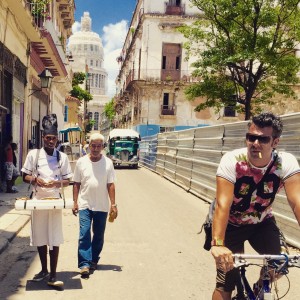 About an hour after landing I stepped into Casa Mecánico, the casa particular run by Miguel the mechanic and “his woman”. Disclaimer - I do not think Miguel is the sort who diminishes the place of women in society, rather I think his attempt to introduce his wife was lost in translation. He showed us to our rooms and we were eager to go roam the streets.
About an hour after landing I stepped into Casa Mecánico, the casa particular run by Miguel the mechanic and “his woman”. Disclaimer - I do not think Miguel is the sort who diminishes the place of women in society, rather I think his attempt to introduce his wife was lost in translation. He showed us to our rooms and we were eager to go roam the streets.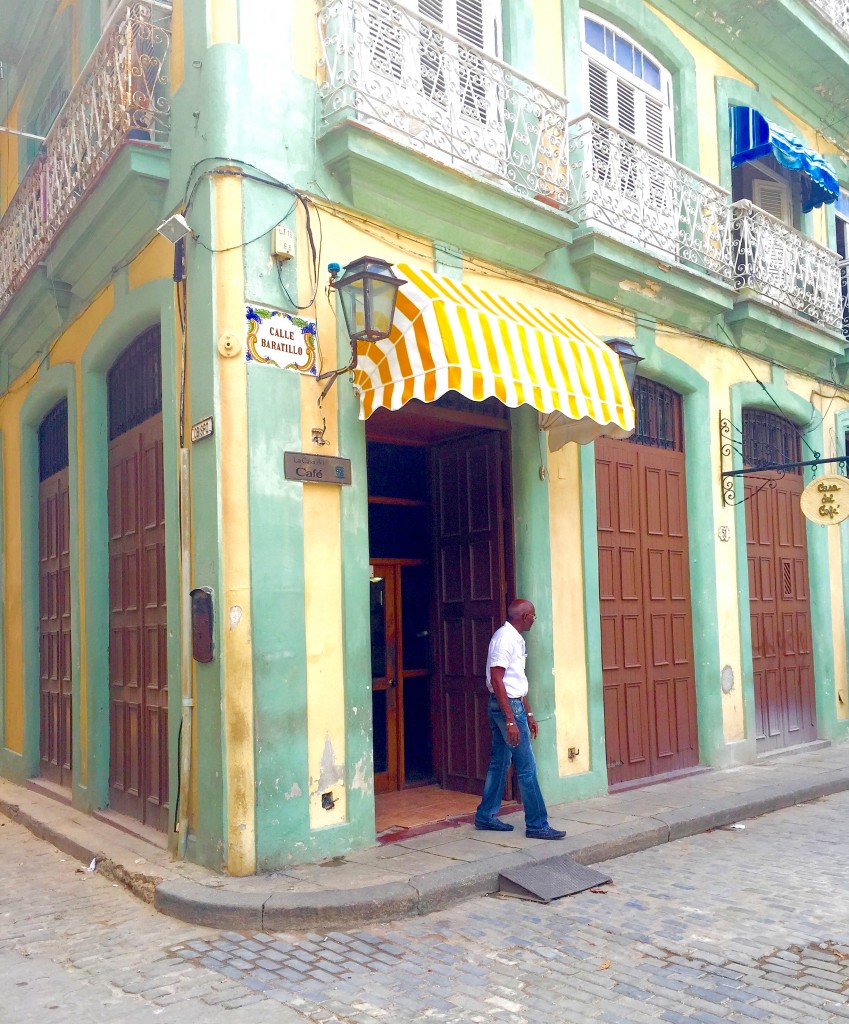
It wasn’t long before we heard distant music coming from an open bar with no windows, so we went in for a rum. The space was perfect, exactly as I had imagined it should be in my mind's eye. Run down, no polish, questionably clean glassware, and live music featuring the pianist from Buena Vista Social Club. I was sold. The bartender poured me a Havana Club Añejo 7 years, which set me back a whopping $2.50. The rum only needed one ice cube, and could be sipped like a fine añejo tequila--it was so good. The band started playing Chan-Chan and I could have died in cliche heaven.
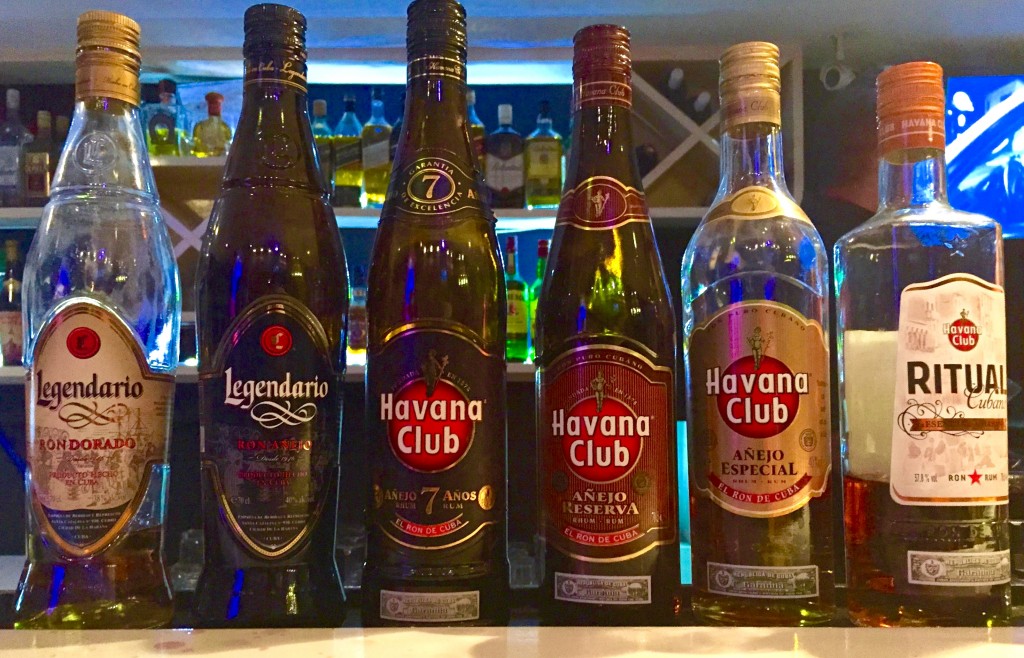 My stomach started growling and I wanted to get to my goal of the trip and dig into some food. We walked towards the Malecón, Havana's famous promenade along the water, and found a waterfront restaurant for dinner. I ordered chicken and rice, which everyone around me was eating, and the food was awful… overcooked and underseasoned. I wouldn’t let it get me down.
My stomach started growling and I wanted to get to my goal of the trip and dig into some food. We walked towards the Malecón, Havana's famous promenade along the water, and found a waterfront restaurant for dinner. I ordered chicken and rice, which everyone around me was eating, and the food was awful… overcooked and underseasoned. I wouldn’t let it get me down.
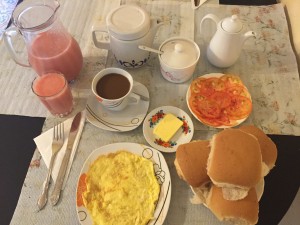 The next morning we had a traditional Cuban breakfast with Miguel at his home. A very plain omelet, bread rolls, tomatoes, papaya and bananas, guava juice, and coffee. It wasn’t anything extraordinary, but it was an authentic local experience. I was zero for two on meals.
The next morning we had a traditional Cuban breakfast with Miguel at his home. A very plain omelet, bread rolls, tomatoes, papaya and bananas, guava juice, and coffee. It wasn’t anything extraordinary, but it was an authentic local experience. I was zero for two on meals.
In early afternoon I was ready for a light lunch, so we stepped into a restaurant along the water called El Templete. Little did I know I would have my favorite food of the entire trip, and it would only cost me 90 cents. I ordered a cup of black beans and I was blown away at what I received… a cup of beans! They weren't cut down with lard and refried, they weren't dry nor cold--they were perfect. They were seasoned beautifully, cooked to perfection, and garnished with a delicious olive oil that was a great accent for the earthiness of the beans.
 I will spare you the play-by-play of the rest of my meals, because to be frank… everything was overcooked and bland. It was as if they were afraid of medium, let alone medium-rare, meats and they were hoarding salt from their dishes.
I will spare you the play-by-play of the rest of my meals, because to be frank… everything was overcooked and bland. It was as if they were afraid of medium, let alone medium-rare, meats and they were hoarding salt from their dishes.
I will give credit where credit is due, and that is the delicious meal I had at Paladar los Amigos. I was sick and tired of not enjoying my food in Havana, so I finally went to a paladar recommended by Anthony Bourdain (not personally, just google “Anthony Bourdain Cuba”). I had ordered the ropa vieja, and my friend ordered the “breaded chicken”, aka schnitzel. Both were amazing. The ropa vieja was cooked beautifully, the spices were spot on, and the flavors were complex in a subtle way. The chicken was perfectly tender, which is hard to do considering how thin it is. It also tasted as if the chicken was cooked in a garlic olive oil so there was a pleasantly lingering garlic taste at the end of each bite. The accoutrements to the dishes were also cooked and seasoned well.
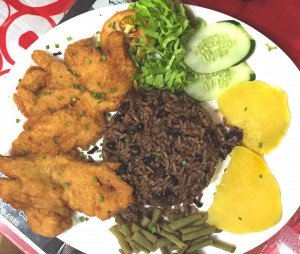
As disappointed as I was in the food, I was still thrilled about Cuba. The people are warm and welcoming, despite my inability to communicate well. The architecture is beautiful with diverse influence and a rich history. There is music everywhere and everyone dances. The rum is exceptional, and the cigars are that good.
For people interested in going to Cuba, it is still not easy. Tourism is still banned until 2016, and you must fall into one of twelve categories in order to visit. That being said, it isn’t difficult to figure out how to fit into one of those categories. For more information, visit the Treasury Department’s Office of Foreign Asset Control here: http://www.treasury.gov/resource-center/sanctions/Programs/pages/cuba.aspx
If your flights are booked and you are Havana bound, here is my advice: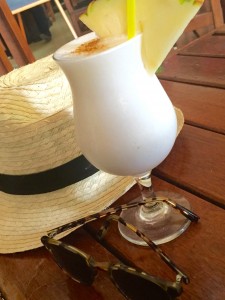 1. Leave your inhibition in the U.S., because Cubans don’t have any. You won’t be out of place if you are ‘awkwardly’ salsa dancing, so relax your hips and groove on.
2. Stay in a casa particular. It is the best way to learn about the Cuban people, put money directly into their hands, and they will give you the greatest insight into the city. There is no glitz and glamour in these homes, so don’t expect the Ritz Carlton.
3. In Cuba you will eat to live, not live to eat… get over it. Try the paladars. They can be a little more expensive, but they are better.
4. Enjoy the rum! Don’t make the same mistake I did, waiting until the end for a pina colada.
1. Leave your inhibition in the U.S., because Cubans don’t have any. You won’t be out of place if you are ‘awkwardly’ salsa dancing, so relax your hips and groove on.
2. Stay in a casa particular. It is the best way to learn about the Cuban people, put money directly into their hands, and they will give you the greatest insight into the city. There is no glitz and glamour in these homes, so don’t expect the Ritz Carlton.
3. In Cuba you will eat to live, not live to eat… get over it. Try the paladars. They can be a little more expensive, but they are better.
4. Enjoy the rum! Don’t make the same mistake I did, waiting until the end for a pina colada.
Spencer Launer is a writer living in Washington DC. He enjoys exploring DC's booming restaurant industry, and cooking in his free time for friends. He also has a cooking blog called SeizeTheSupper or check him out on Instagram @seizethesupper.
 Our new Fall issue has just arrived and we hope you love the savory s'more cover. Follow us on social media as we begin distribution this weekend and update our distribution map here. Pick up a copy for our Fall grilling recipes, locavore shore weekend, and apple plum pie!
Our new Fall issue has just arrived and we hope you love the savory s'more cover. Follow us on social media as we begin distribution this weekend and update our distribution map here. Pick up a copy for our Fall grilling recipes, locavore shore weekend, and apple plum pie!

